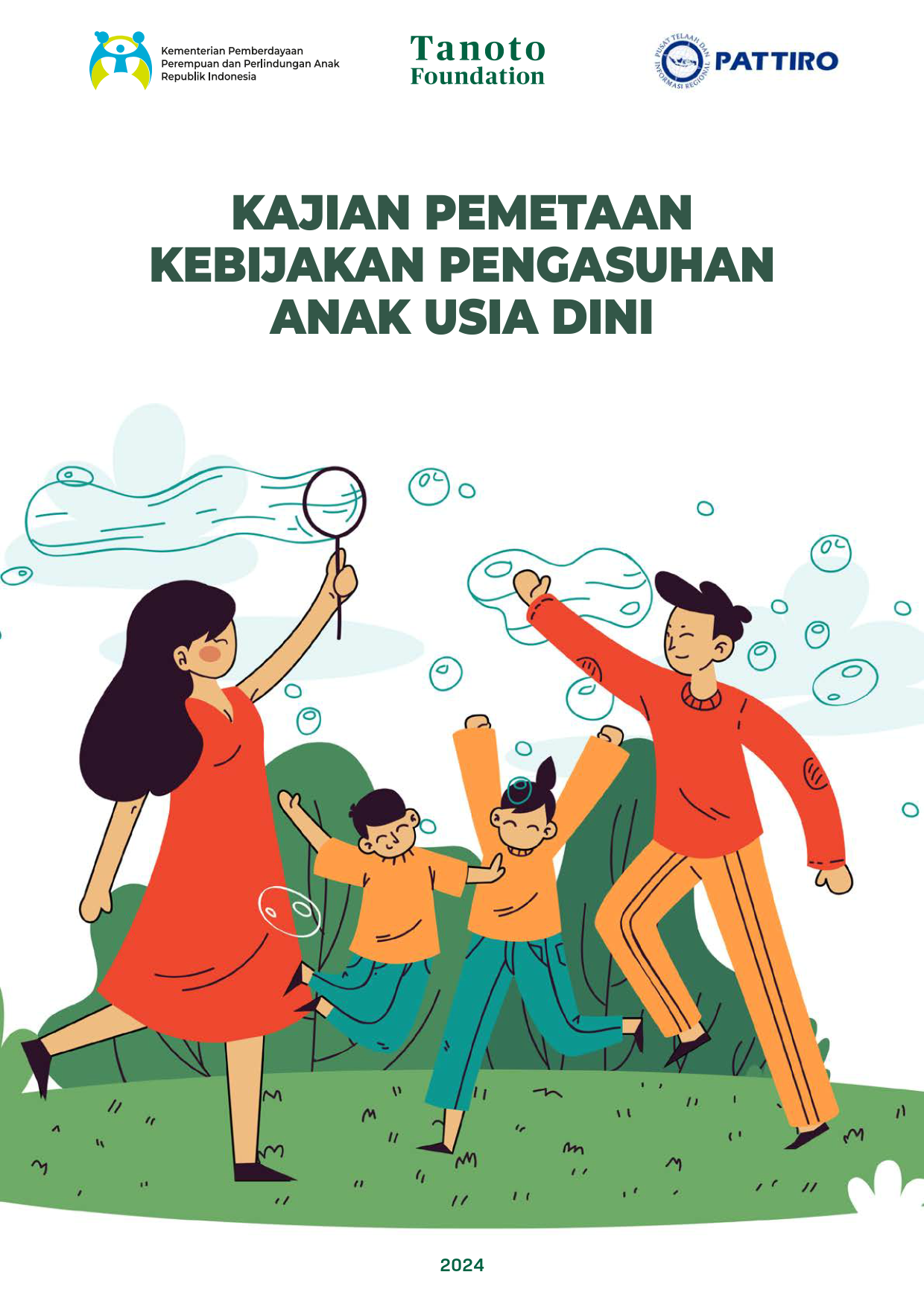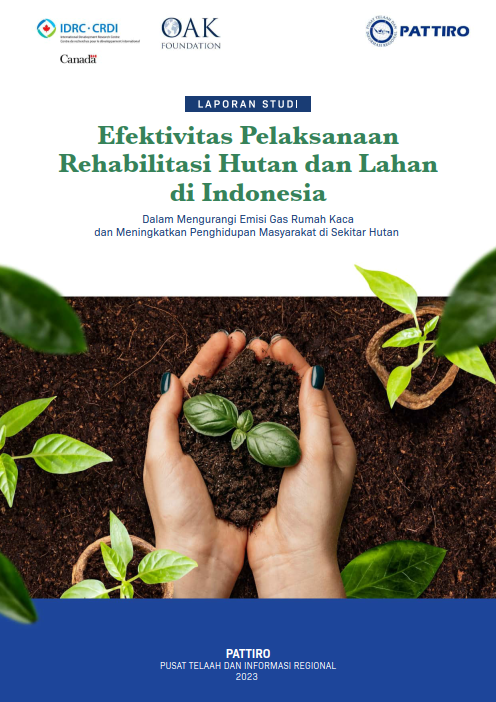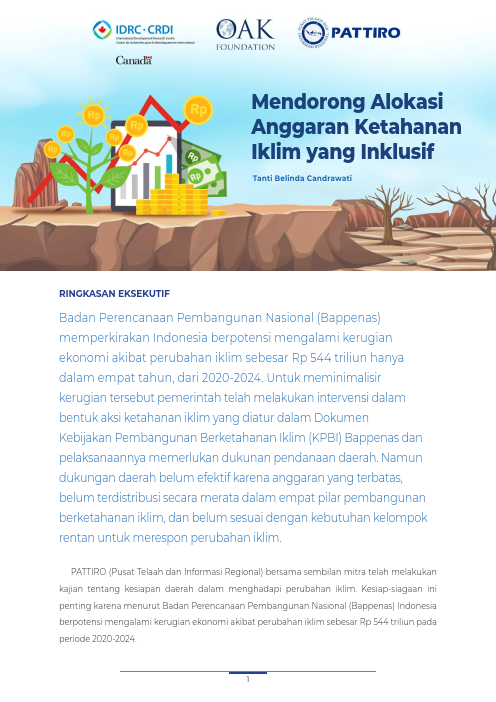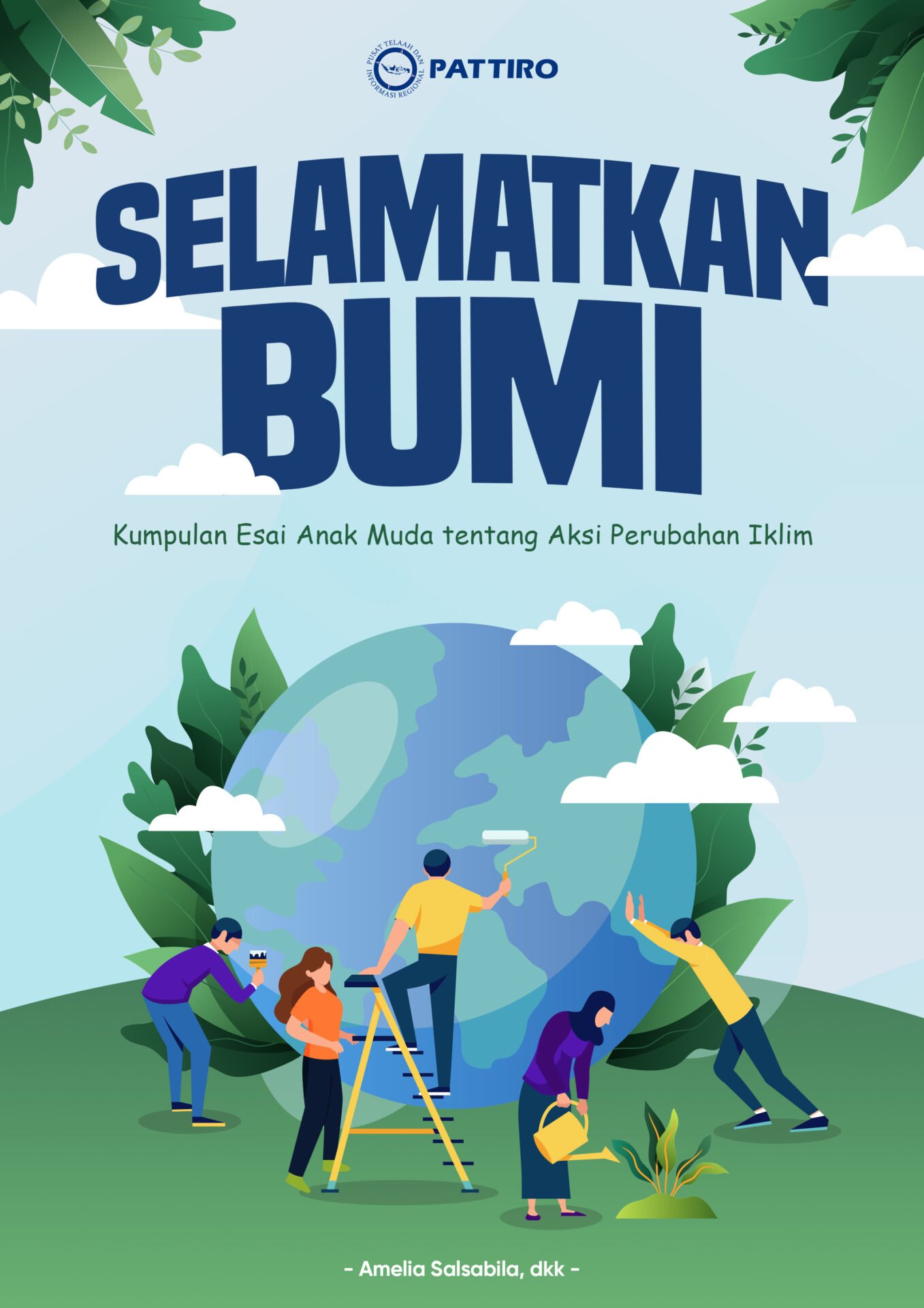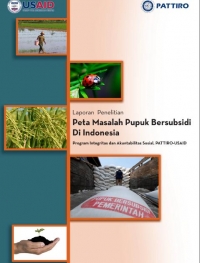 Indonesia has implemented a policy of subsidized fertilizers since the 1970s. This policy aims to ease the burden of farmers so that when they need fertilizer to crops, fertilizers are available at affordable prices.
Indonesia has implemented a policy of subsidized fertilizers since the 1970s. This policy aims to ease the burden of farmers so that when they need fertilizer to crops, fertilizers are available at affordable prices.
There is the argument that, in the first use of fertilizer technology until recently recognized as the intensification of agricultural technology to increase food yield. Second, Indonesia’s farmers generally can not use technology because less fertilizer is able to buy fertilizer market rates. So the Indonesian government with an interest in food yield productivity gains for national food security, then choose the option to subsidize fertilizer prices for farmers.
In current practice, the procurement and distribution of subsidized fertilizer to use terms ditataniagakan highest retail price (HET). Determination HET done at authorized dealer (retailer) designated distributor. Subsidized fertilizer earmarked for agriculture related to food crop cultivation, horticulture, plantation, livestock forage, and fish and / or shrimp.
Target users are farmers subsidized fertilizer, planters, farmers who seek the most widespread land 2 (two) hectares each planting season per family farmers. As for fish farmers and / or shrimp widest one (1) hectare.
Although the provision of subsidized fertilizer program implementation mechanism has been set up, but there are still many problems. Research PATTIRO in 10 (ten) regional states there are problems in aspects of data collection, budgeting, delivery / distribution, and monitoring of the implementation of the subsidized fertilizer program period from 2009 to 2011.
In the aspect of data collection, evaluation Definitive Plan Needs Group (RDKK) is invalid, where there are bubbles (mark-up) land area and number of farmers. In the aspect of budgeting, audit findings were obtained by correcting the calculation of the amount of subsidy for fertilizer volume counted Delivery Oder (DO) which have not been distributed.
In addition, because there are costs that are not included in the calculation of the production component of Cost of Goods Sold (COGS) as basis of calculation of subsidy pupuk.Pada aspects of distribution / distribution, found sales of fertilizer at a price above the HET, selling fertilizer to farmers who do not RDKK listed, no installation of banners price announcements, distribution of fertilizer that does not comply with the DO, delay distribution, rarity, replacement packaging, hoarding, sales outside the distribution area, and there are retailers who are not authorized.
While related aspects of monitoring, Fertilizer and Pesticide Supervisory Commission (kppp) at the provincial and district oversight is not optimal. They are considered not fully understand their duties and functions, do not make a report monitoring, and lack of funds to conduct surveillance.

